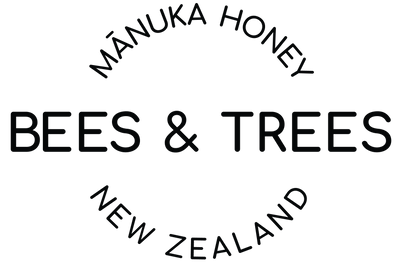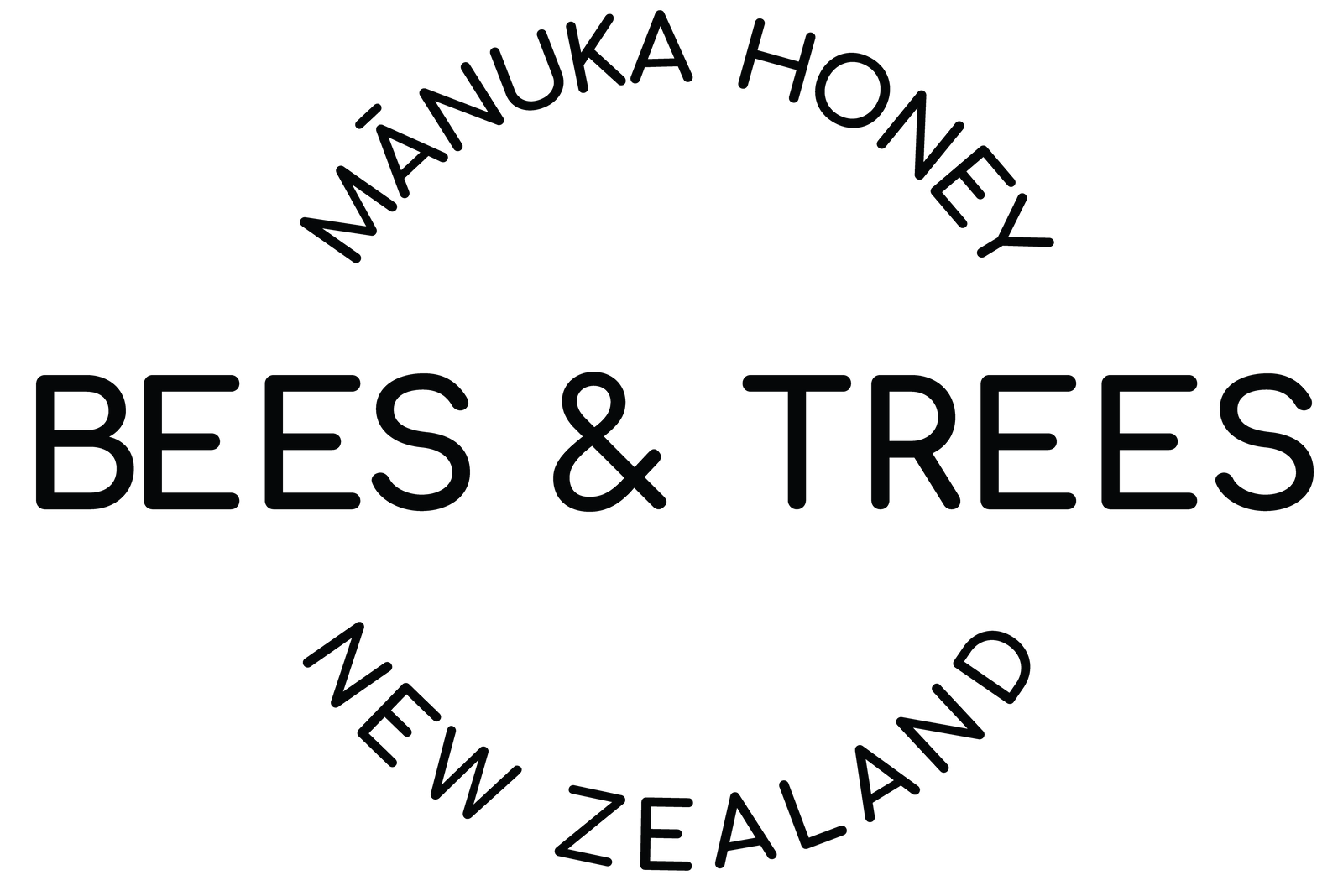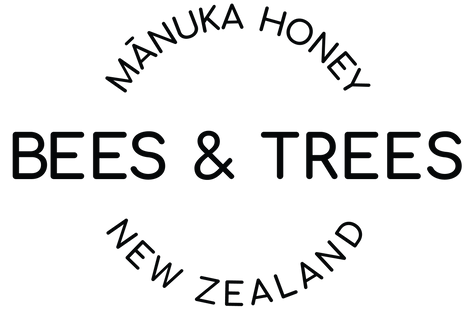About 40,000 children and adults live with cystic fibrosis in the United States, and approximately 105,000 people have been diagnosed with CF across 94 countries. [1] In this article, we’ll share information from research that has been done in this area, with a focus on the potential for using Manuka honey to prevent or treat upper respiratory infections for cystic fibrosis sufferers. We hope it helps shed light and potentially provide you with enough information to consider if Manuka honey might positively affect your health.
What is Cystic Fibrosis?
Cystic fibrosis is a lower respiratory infection where sticky mucus builds up in the lungs, airways, and digestive system, causing lung infections and problems with food digestion. It is an inherited condition where a child inherits one copy of the mutated gene from each parent. If a child inherits only one copy from one parent, they won’t develop cystic fibrosis, but they will be a carrier and could pass it along to their children.
Exactly how does the mucus build-up occur in cystic fibrosis patients? The mutations in the cystic fibrosis transmembrane conductance regulator (CFTR) gene cause the CFTR protein to become dysfunctional. As a result, the protein is destabilized, causing an obstruction in the movement of chloride (present in salt) to the cell surface. Without chloride, cells cannot attract water to the surface, leading to thick and sticky mucus forming in various organs.
The mucus build-up in the lungs blocks the airways, trapping microbes like germs and bacteria, leading to infection, respiratory failure, and inflammation. [1]
Causes of Cystic Fibrosis

Cystic fibrosis is a genetic condition caused by mutations in the cystic fibrosis transmembrane conductance regulator (CFTR) gene, which affects the movement of salt and water in and out of cells, as explained above. Cystic fibrosis is not contagious, so it’s impossible to “catch” it from someone who has it.
Symptoms of Cystic Fibrosis

Traditional Treatments for Cystic Fibrosis
- Medicines - This is the most common treatment method. Antibiotics are normally prescribed to prevent and treat chest infections.
- Exercise - Physical activity, including running, swimming, and football, is recommended as it helps clear mucus from the airways and improves overall health.
- Physical therapy - Physical therapists can teach airway clearance techniques which help clear the airways.
- Dietary and nutritional advice - Diet is an important consideration as mucus buildup makes food digestion and absorption difficult.
- Lung transplant - This is the last recourse when lungs fail and all medical treatment options are exhausted.
Manuka Honey and Cystic Fibrosis Research Guide

1. Manuka honey vs. Cystic Fibrosis prevalent infection-causing bacteria
Researchers at the Cardiff School of Health Sciences in the UK began to explore the role that Manuka honey might play in the fight against Cystic Fibrosis in 2015. [2] The study’s premise was that the bacteria commonly causing infections in CF patients were increasingly developing antibiotic resistance, requiring new strategies to be sought. The study found that even in low concentrations, Manuka honey inhibits the growth of primary CF infections and, importantly, will act synergistically with pertinent antibiotics. Leading the researchers to conclude that “We believe that manuka honey may have a role to play in the management of cystic fibrosis patients with chronic respiratory infections, and in the future, we intend to investigate the activity of honey with a much larger range of bacteria and antibiotic combinations and to determine the susceptibilities of biofilms, as well as suspension cultures.”
In 2019, building on the earlier research work, a study was conducted that utilized ex vivo porcine lung (pig lung) tissue. [3] The key focus of this study was to test the anti-biofilm effects of Manuka honey alone and in combination with antibiotics. The results showed that Manuka honey inhibited many of the bacteria types where even abnormally high concentrations of antibiotics could not. When used in combination with antibiotics, Manuka honey increased the antimicrobial activity. The researchers concluded: “These results highlight the potential of manuka honey as a future antimicrobial for the treatment of pulmonary P. aeruginosa isolates, clearing potential infection reservoirs within the upper airway.” Interestingly, the study utilized a UMF 12+ (i.e., MG 350+) honey, we’ll discuss MG levels and potency of Manuka honey more later in this article.
2. Sinus irrigation as a Cystic Fibrosis treatment approach
Most serious and life-threatening complications for Cystic Fibrosis patients occur as a result of bacterial infections in the lower respiratory system (i.e., the lungs). However, most lower airway infections first form in the upper respiratory system as bouts of chronic rhinosinusitis. This next line of research inquiry explores if Manuka honey could be used to either prevent or cure upper respiratory infections before they can spread to the lower airways and the lungs.
Picking up on this early UK research, a team of ENT (ear, nose, throat) researchers from Seattle, Chicago, and Toronto conducted a single-blinded randomized trial with 13 patients comparing Manuka honey with saline vs. saline alone sinus irrigation. [4] Researchers wanted to determine tolerability to Manuka honey as a sinus irrigation treatment approach, as well as quality of life improvements (reductions in upper respiratory infection symptoms).
This study showed positive results. The Manuka honey saline treatments were well tolerated, patients effectively found no real difference in this treatment vs. a saline solution. Symptoms in the Manuka honey group were improved vs. the saline group. Summarized by the study: “Manuka honey irrigations were well tolerated, and retention rates were high. Preliminary data showed that manuka honey achieved a clinically important difference in quality-of-life score and a significantly better endoscopic outcome. Microbiological control was difficult to achieve. A future definitive trial would require multi-institutional recruitment.”
At the end of 2022, some of the same researchers in the UK involved in the earlier studies profiled above announced a clinical trial that will involve 30 patients, which appears to build upon the 2021 study results from the US & Canada. [5] The study background states: “People with cystic fibrosis (CF) are prone to bacterial respiratory infections; these are often antibiotic resistant, are difficult to treat, and impact the quality of life and lung function. The upper respiratory tract can act as a reservoir for these pathogens, and as part of clinical care, sinus rinses are used to alleviate symptoms in the upper airway. We have developed a sinus rinse containing manuka honey to identify whether it can help improve symptoms or reduce the bacterial load.”
3. Could we nebulize Manuka honey and deliver it to the lungs?
Researchers out of the UK reported in 2022 on a study they conducted on the potential for nebulization therapy to treat lung infections utilizing Manuka honey with the antibiotic amikacin. [6] Mycobacterium abscessus bacteria was studied due to its ability to cause aggressive pulmonary infections, its intrinsic drug resistance, and the side effects and poor patient success rates with traditional treatments.
The study found Manuka honey to be effective at inhibiting bacterial growth, as well as killing bacteria across the 18 different clinical bacteria isolates tested. The study tested the combination of Manuka honey and amikacin in varying dosages since higher concentrations of this antibiotic are associated with adverse side effects that often prevent patients from completing a full course of treatment. Some of the most encouraging results, as stated in the conclusion, were: “The combination of manuka honey and amikacin results in a lower dosage required of amikacin, whilst improving its efficacy. The use of this inhalation therapy of amikacin and manuka honey shows great promise as an improved therapy for M. abscessus pulmonary infections, which could lead to an increase in successful treatment outcomes and reduce the burden on the patient produced by drug associated side effects.”
This same team reported separately in 2022 on a different study to test Manuka honey combined with azithromycin (another commonly used antibiotic). [7] They found similar positive results with this combination in terms of bacterial growth inhibition and bactericidal effects. They did not get good results with the tobramycin antibiotic and concluded that further antibiotic combinations should be tested.
A Special Note About Manuka Honey MG Levels:

An interesting note about these last two studies is that they utilized MGO 40, 55, 70, and 83 honey for their studies. MG or MGO is the abbreviation of Methylglyoxal—the naturally occurring organic compound found in Manuka honey that correlates with its antibacterial properties.
Most industry participants would consider “medical grade” or medicinal value in Manuka honey to start at MG (MGO) 250+ and up. At Bees & Trees, we sell an MG350+, an MG550+, and an MG830+.
We can’t help but wonder how these study findings might be dramatically improved if an MG 550+ honey was utilized, for example. We have written to the study authors to offer to donate honey for future testing and to point out the opportunity a change in study materials might present.
Our experience with Manuka Honey sinus irrigation
If you are reading this article because you or someone you know has a cystic fibrosis diagnosis, you may be wondering about the sinus irrigation treatment approach.
Our co-founders, Shawn and Mike’s families, have both been relying on Manuka honey saline sinus irrigations for years. They normally mix ½ to 1 teaspoon of Bees & Trees 550+ Manuka honey with 1 cup of saline solution, which, warmed to the honey, will completely dissolve, then cooled to a comfortable temperature before using. They then use a Neti-pot or a nasal irrigation syringe to deliver the solution. There are a lot of neti pots and sinus-rinse kits available, depending on your preference.
Our use has been related to cold &flu responses to either treat or prevent sinus infections from developing. We’ve seen some dramatic positive results and often will start treatment at the earliest onset of symptoms. You can read more on this in our “Manuka Honey for Cold & Flu Season, & COVID-19” article.
In Conclusion

We would recommend talking with your doctor and taking the time to read each of the studies quoted in this article and linked to in the reference section below. Based on the evidence presented on this subject to date, the use of Manuka honey for sinus irrigation appears to be a low-risk, potentially high-reward strategy. It could be utilized at the onset of symptoms of upper respiratory distress or even prophylactically to create an inhospitable environment for bacteria to get a foothold initially.
Always keep your irrigation systems clean and sterile, following manufacturer recommendations. Beyond its potential for treating respiratory infections in cystic fibrosis, explore the holistic benefits of honey for respiratory and digestive health, including its use for conditions like GERD and Barrett's Esophagus.
References:
- About Cystic Fibrosis https://www.cff.org/intro-cf/about-cystic-fibrosis
- A demonstration of the susceptibility of clinical isolates obtained from cystic fibrosis patients to Manuka honey
- 2015
- Study type: Clinical
- Cystic fibrosis, Pseudomonas aeruginosa, Burkholderia cepacia, Manuka honey, synergy
- “We believe that manuka honey may have a role to play in the management of cystic fibrosis patients with chronic respiratory infections, and in the future, we intend to investigate the activity of honey with a much larger range of bacteria and antibiotic combinations and to determine the susceptibilities of biofilms, as well as suspension cultures.”
- https://www.ncbi.nlm.nih.gov/pmc/articles/PMC4398880/
- Full text available
- Anti-pseudomonad Activity of Manuka Honey and Antibiotics in a Specialized ex vivo Model Simulating Cystic Fibrosis Lung Infection
- 2019
- Study type: Clinical
- Pseudomonas aeruginosa, antimicrobial susceptibility testing, biofilms, cystic fibrosis, ex vivo model, manuka honey
- “These results highlight the potential of manuka honey as a future antimicrobial for the treatment of pulmonary P. aeruginosa isolates, clearing potential infection reservoirs within the upper airway.”
- https://www.ncbi.nlm.nih.gov/pmc/articles/PMC6491927/
- Full text available
- Manuka honey versus saline sinus irrigation in the treatment of cystic fibrosis-associated chronic rhinosinusitis: A randomized pilot trial
- 2021
- Study type: Randomized control trial
- “Manuka honey irrigations were well tolerated, and retention rates were high. Preliminary data showed that manuka honey achieved a clinically important difference in quality-of-life score and a significantly better endoscopic outcome. Microbiological control was difficult to achieve. A future definitive trial would require multi-institutional recruitment.”
- https://www.ncbi.nlm.nih.gov/pmc/articles/PMC7895450/
- Full text available
- A pilot study investigating the effects of a manuka honey sinus rinse compared to a standard sinus rinse on sino-nasal outcome test scores in cystic fibrosis patients
- 2022
- Study type: Pilot feasibility study
- Cystic fibrosis, infection control, microbiology, respiratory infections; therapeutics
- “People with cystic fibrosis (CF) are prone to bacterial respiratory infections; these are often antibiotic resistant, are difficult to treat, and impact the quality of life and lung function. The upper respiratory tract can act as a reservoir for these pathogens, and as part of clinical care, sinus rinses are used to alleviate symptoms in the upper airway. We have developed a sinus rinse containing manuka honey to identify whether it can help improve symptoms or reduce the bacterial load.”
- https://www.ncbi.nlm.nih.gov/pmc/articles/PMC9508718/
- Full text available
- In vitro synergy between manuka honey and amikacin against Mycobacterium abscessus complex shows potential for nebulization therapy
- 2022
- Study type: In Vitro clinical
- Manuka honey, Mycobacterium abscessus, synergy, antimicrobial, nebulized therapy, amikacin
- “The combination of manuka honey and amikacin results in a lower dosage required of amikacin, whilst improving its efficacy. The use of this inhalation therapy of amikacin and manuka honey shows great promise as an improved therapy for M. abscessus pulmonary infections, which could lead to an increase in successful treatment outcomes and reduce the burden on the patient produced by drug associated side effects.”
- https://www.microbiologyresearch.org/content/journal/micro/10.1099/mic.0.001237#tab2
- Full text available
- Manuka honey in combination with azithromycin shows potential for improved activity against Mycobacterium abscessus
- 2022
- Study type: Clinical
- Manuka honey, Mycobacterium abscessus, synergy, antimicrobial, Azithromycin
- https://www.ncbi.nlm.nih.gov/pmc/articles/PMC9703798/
- Full text available








